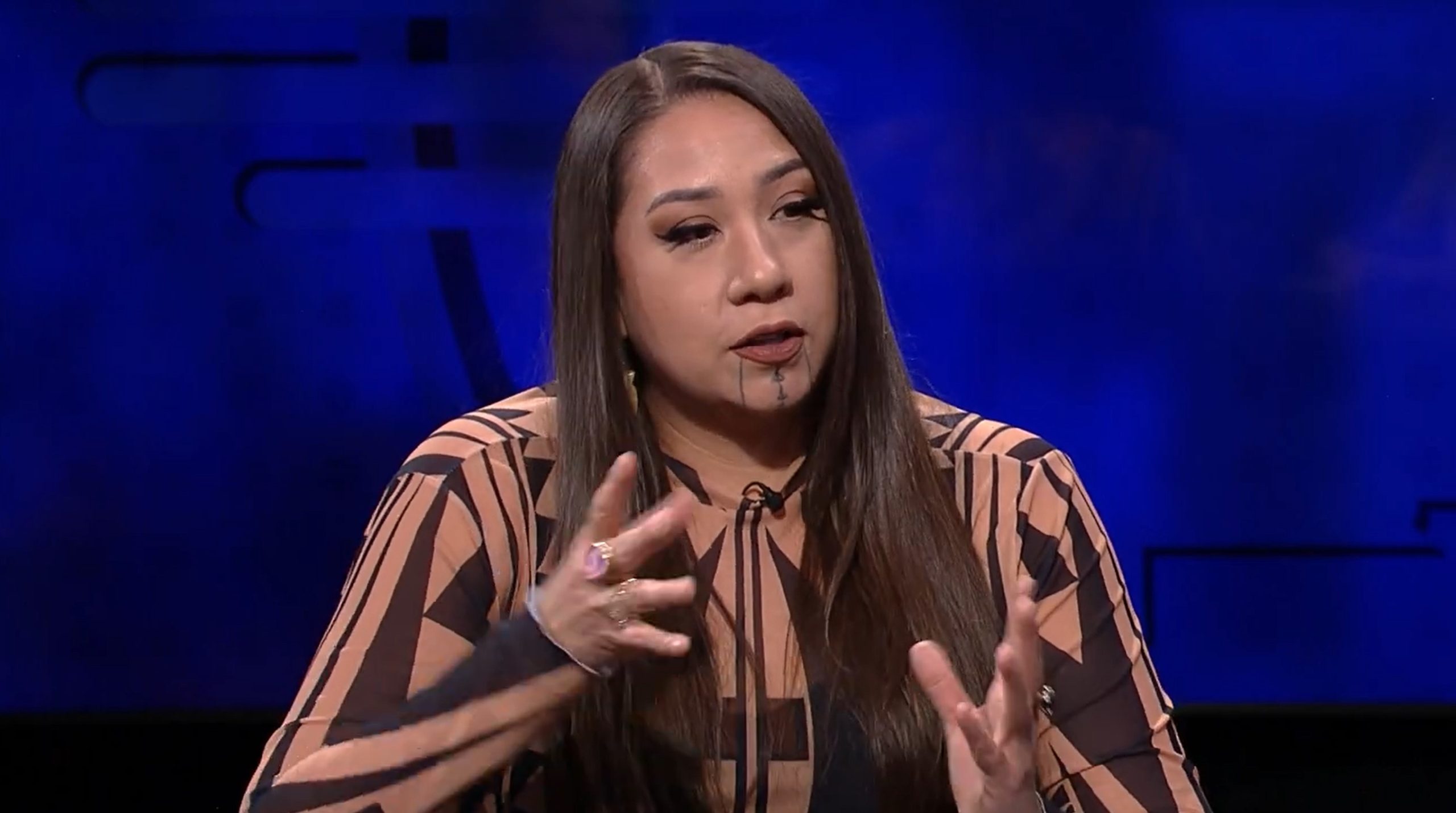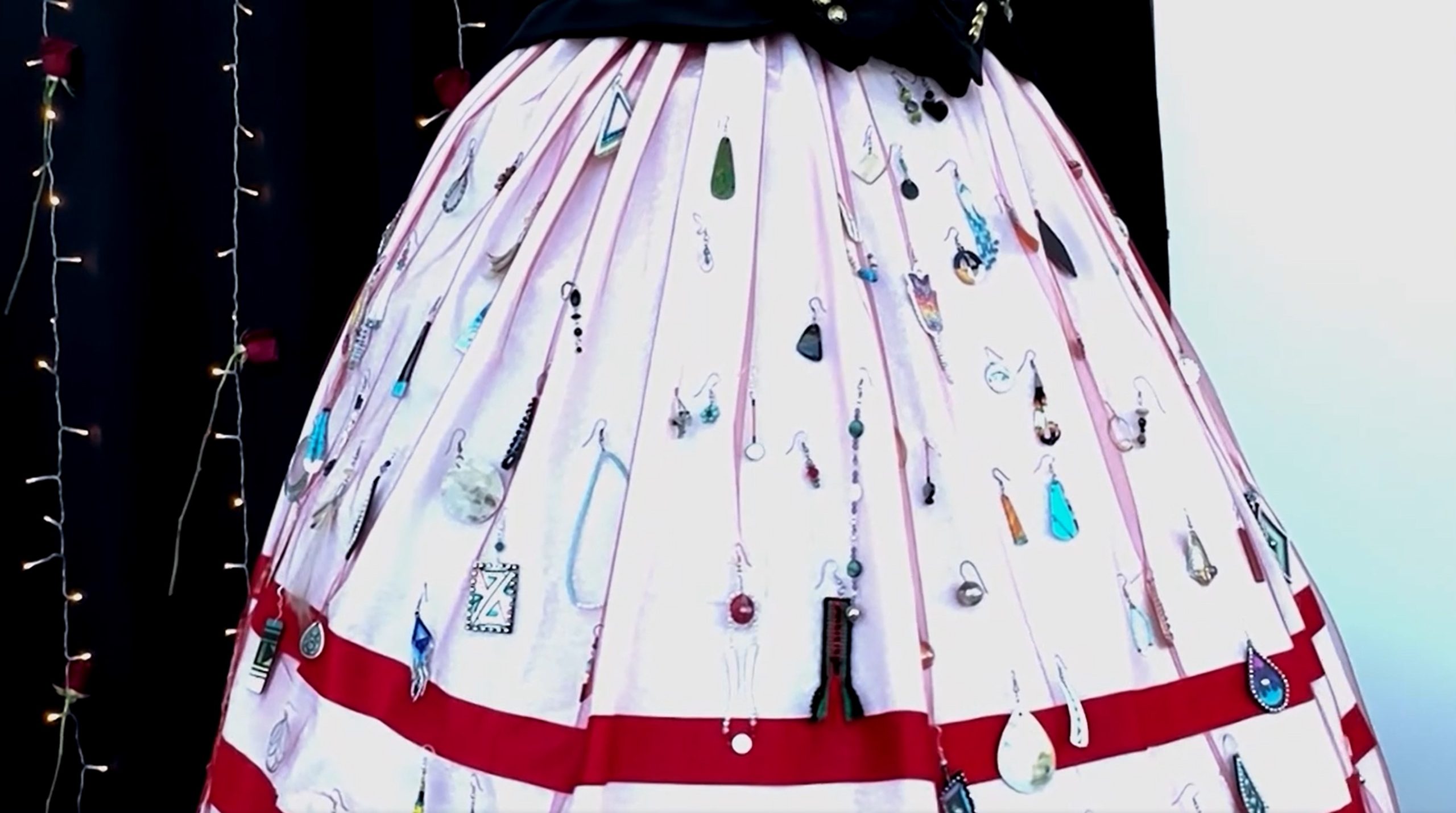Podcast: Play in new window | Download | Embed
An expert within the University of Arizona’s Indigenous Resilience Center is shedding light on Indigenous value-based farming practices.
Alex González has more.
Michael Kotutwa Johnson is an assistant specialist within the School of Natural Resources and the Environment and a member of the Hopi Tribe in Arizona.
He says for the Hopi, there is no distinction between their agricultural system, their belief system, and their social structures.
Johnson measures the success of his farming not by what he produces, but by the impact his farming has on the community and the environment.
“Conventional agriculture and even regenerative agriculture is not place-based. That’s something that somebody comes up with in order to try and manipulate the environment to fit the crops, whereas we raise the crops to fit the environment and I think that is the most important difference right there.”
Johnson says the U.S. needs to focus more on quality produce and not quantity and efficiency.
He adds 70% of the globe is fed by farms which consist of one to five acres, and he contends policymakers use the other 30% to justify more industrialized farming practices which can have negative impacts on the environment and communities.
Johnson says “soil is the key to everything”, as it holds moisture and nutrients, essential ingredients for successful farming.
He argues the practice of flood irrigation that’s so common in Arizona depletes the land of valuable minerals and nourishment by washing them away.
Johnson says changing lucrative farming practices isn’t easy, but will be necessary for a more prosperous future.
“Quantity is the big thing right now. Unless we switch that to make it more quality, that farmer is going to keep producing massive, massive amounts of things using those big irrigation methods because that is simply a way to make their bottom line.”
Johnson contends lack of nutrient density comes from soils which have been eroded by mechanics of processed foods. He says that has led to an increase in chronic health conditions like diabetes. He adds Arizona has a real chance to be a leader and change the way farming is done.
This story was produced with original reporting from Brenna Draxler for Yes! Media.
 Advocates in New Mexico are working to raise awareness of missing and murdered Indigenous people among younger generations, including outreach to college students.
Advocates in New Mexico are working to raise awareness of missing and murdered Indigenous people among younger generations, including outreach to college students.
Events have been held in Albuquerque at the University of New Mexico, Central New Mexico Community College, and the Southwestern Indian Polytechnic Institute.
Shereena Baker (Southern Ute & Karuk) is among those working on awareness efforts.
“I feel that we would reach more … people if we are educating our college students, especially our Native women and boys, so that when they go back to their reservations and they go back to their homes and they can talk about it at the table and bring it up in their community. We felt it was really important that we can reach out to the college students and they can educate their younger ones and educate their older ones.”
 Baker helped organize the event Unbroken Circle: Voices for Missing and Murdered Indigenous Relatives, which included an earring exhibit.
Baker helped organize the event Unbroken Circle: Voices for Missing and Murdered Indigenous Relatives, which included an earring exhibit.
“When you’re missing one earring, it kind of is like an elegy for like you missing a relative because they’re just not complete. So we created an exhibit for that to like represent and display and then around that we have conversations. But we bring in people who are in the thick of it, and we have dialogue and we open it up for our college students. But we not only open it up for them, but (for) their families, the community as well.”
The earring event was held during the fall semester at the Southwestern Indian Polytechnic Institute.
Plans for the spring include hosting self-defense classes for Native students.
Watch Antonia Gonzales speak with Baker and advocate Jana Pfeiffer about their awareness efforts on New Mexico PBS

Sealaska Heritage Institute recently launched apps to teach the Haida (X̱aad Kíl) and Tsimshian (Shm’algyack) languages – both are considered endangered.
One app teaches vocabulary and phrases – and the other Native words for birds and ocean animals.
They are available for iOS and Android devices.
The apps are part of efforts to revitalize Indigenous languages of Southeast Alaska.
Get National Native News delivered to your inbox daily. Sign up for our newsletter today.



